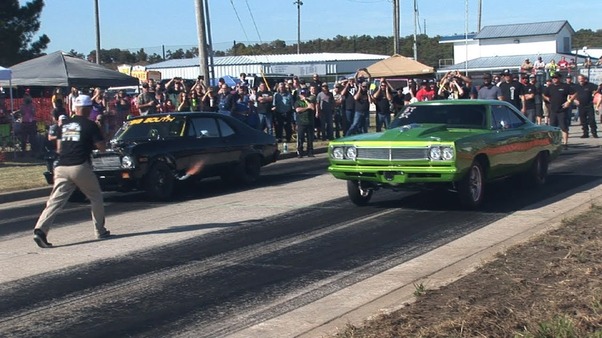Legal Street Racing: Exploring Where and Why It’s Permitted
Street racing has long been associated with illegal and dangerous activities, but there are instances where it can be legal, regulated, and even celebrated. Before you should know the concept of legal street racing, exploring where it’s permitted and the reasons behind its acceptance in certain contexts.
1. Drag Racing Events
One of the most common forms of legal street racing occurs at organized drag racing events held at sanctioned tracks or designated areas. Contestants can show their racing ability and their rides in secure and proper provision in monitored events. Organizers often implement strict safety measures, including track inspections, safety gear requirements, and emergency response protocols, to minimize risks and ensure participant safety. Drag racing decals.
2. Closed Road Courses
In some jurisdictions, street racing may be permitted on closed road courses or temporary circuits designed specifically for racing events. These courses are typically set up with barriers, safety fencing, and other protective measures to create a controlled environment for racing. While still conducted on public roads, these events are carefully managed to minimize the impact on surrounding communities and ensure the safety of participants and spectators.
3. Monitored Street Racing Zones
Certain cities or municipalities have established controlled street racing zones where racing is permitted under specific conditions and regulations. These zones are typically designated in areas with minimal traffic and designed to mitigate the risks associated with street racing. Local authorities may implement measures such as road closures, traffic diversions, and heightened law enforcement presence to ensure the safety of participants and bystanders.
4. Legal Racing Associations
In some regions, legal street racing is facilitated through organized racing associations or clubs that operate within the bounds of the law. These associations may host events at approved venues or coordinate with local authorities to secure permits for street racing activities. By adhering to established regulations and safety protocols, these organizations provide a platform for racing enthusiasts to enjoy their passion in a responsible and lawful manner.
Where is Street Racing Legal and Why?
The legality of street racing varies significantly from one jurisdiction to another, influenced by a combination of factors including local laws, regulations, and cultural attitudes towards racing. Here are some examples of where street racing may be legal and the reasons behind its acceptance:
1. Track Accessibility
In regions where access to dedicated racing facilities is limited or non-existent, authorities may permit street racing as a means of providing an outlet for racing enthusiasts. By designating specific areas or events for legal street racing, authorities can mitigate the risks associated with illegal racing while supporting the local racing community.
2. Economic Benefits
In some cases, legal street racing events may contribute to the local economy through tourism, sponsorship deals, and revenue generated from ticket sales and merchandise. By embracing street racing as a legitimate form of entertainment, cities and municipalities can capitalize on its popularity while ensuring that safety and regulatory requirements are met.
3. Cultural Tradition
In regions where street racing has deep-rooted cultural significance, authorities may adopt a more lenient approach towards regulating racing activities. Street racing may be viewed as a cherished tradition or a reflection of local automotive culture, leading authorities to establish mechanisms for legal street racing that preserve these cultural ties while prioritizing safety and compliance.
While street racing is often associated with illegal and dangerous behavior, there are instances where it can be legal, regulated, and even celebrated. Through organized events, controlled environments, and collaborative efforts between racing enthusiasts and local authorities, legal street racing offers a safe and sanctioned outlet for individuals to indulge their passion for speed and competition. By understanding where and why street racing is permitted, we can appreciate the nuanced relationship between racing culture, regulation, and community safety.




